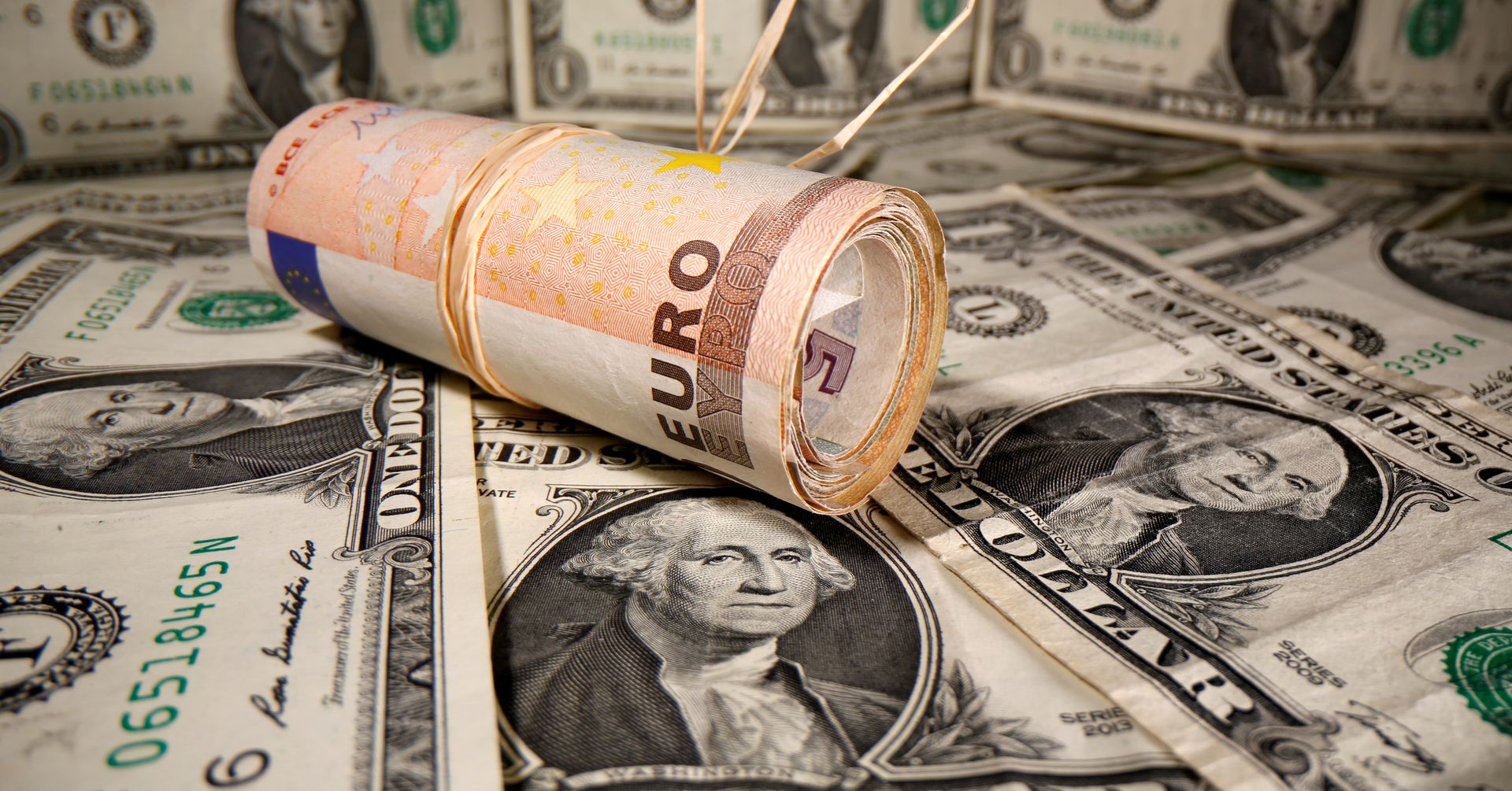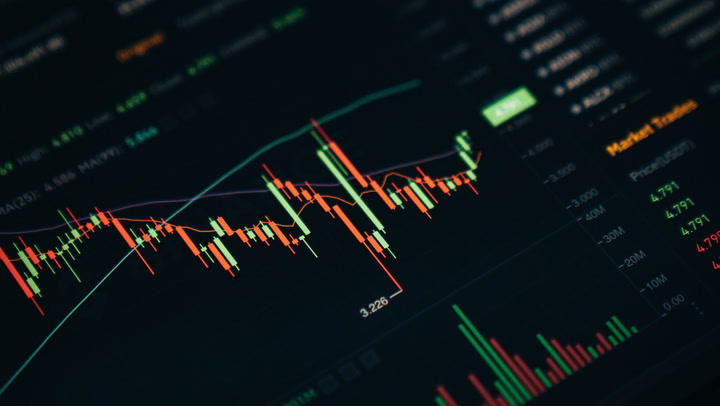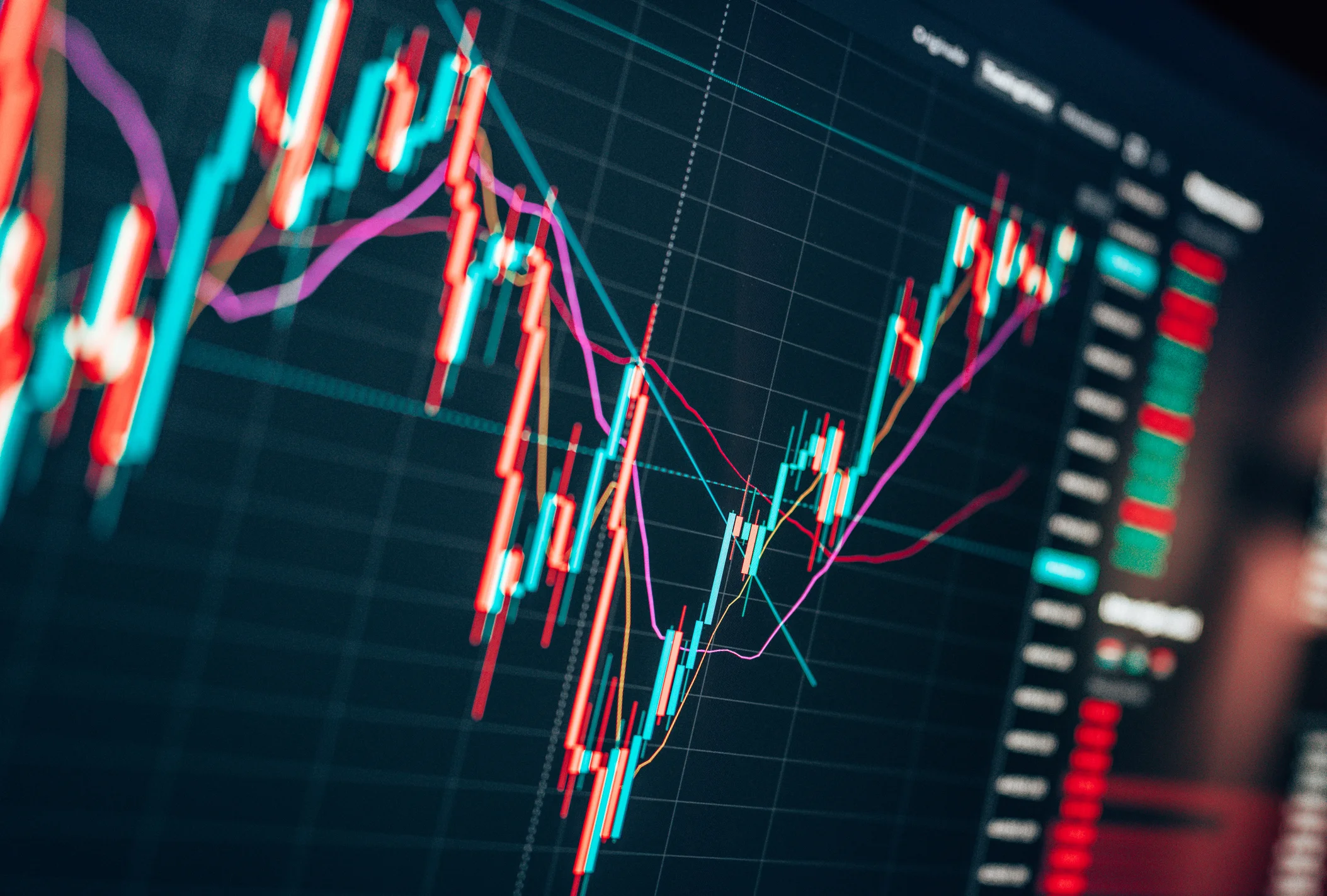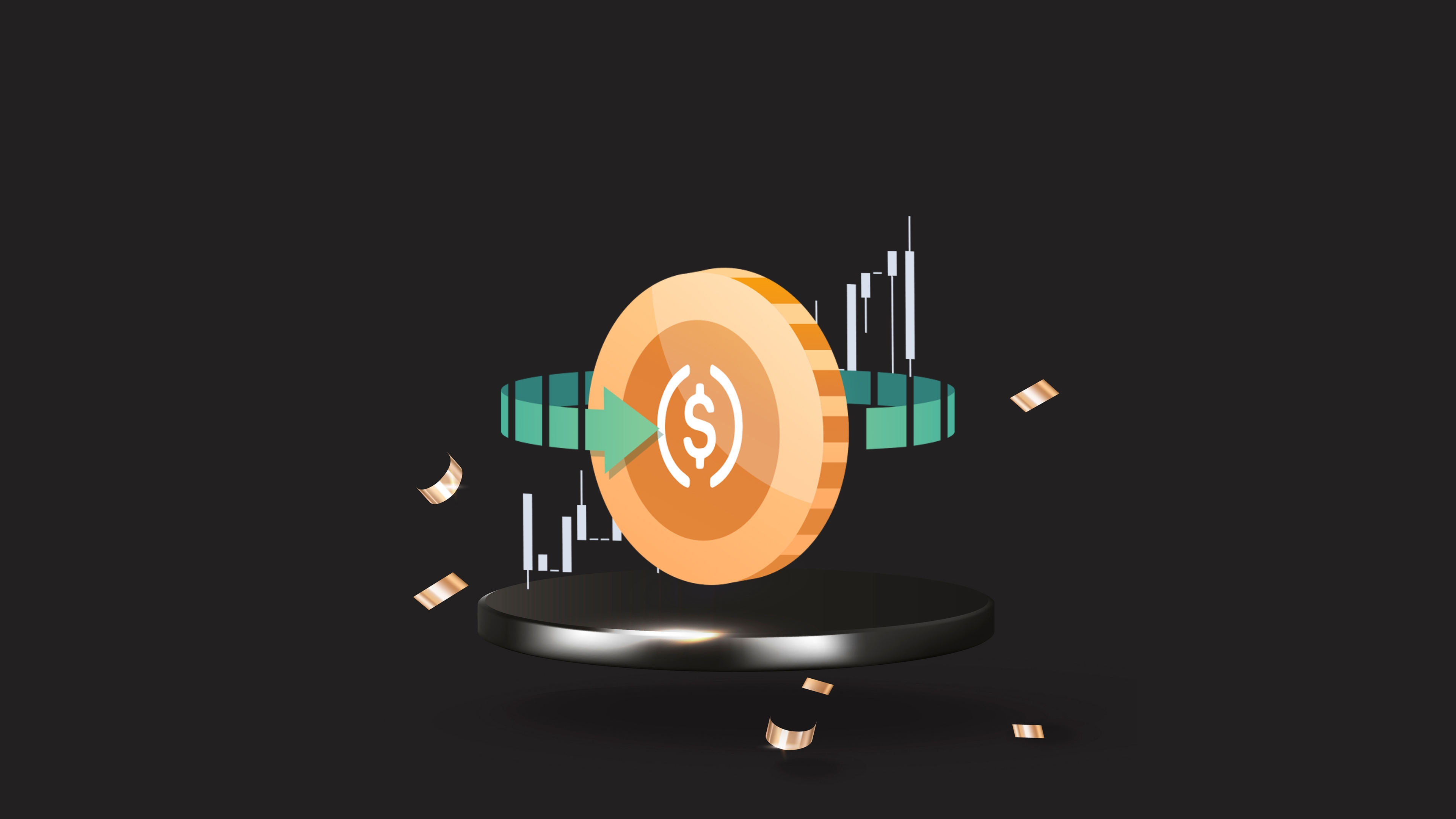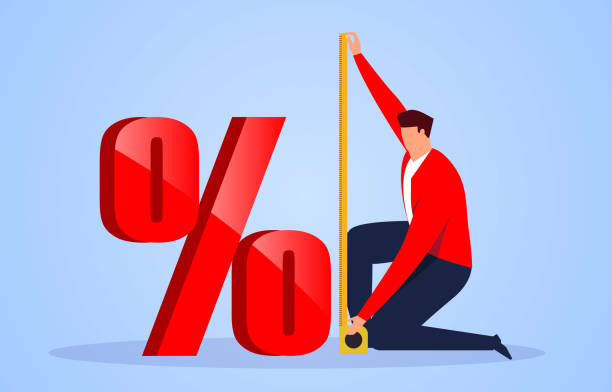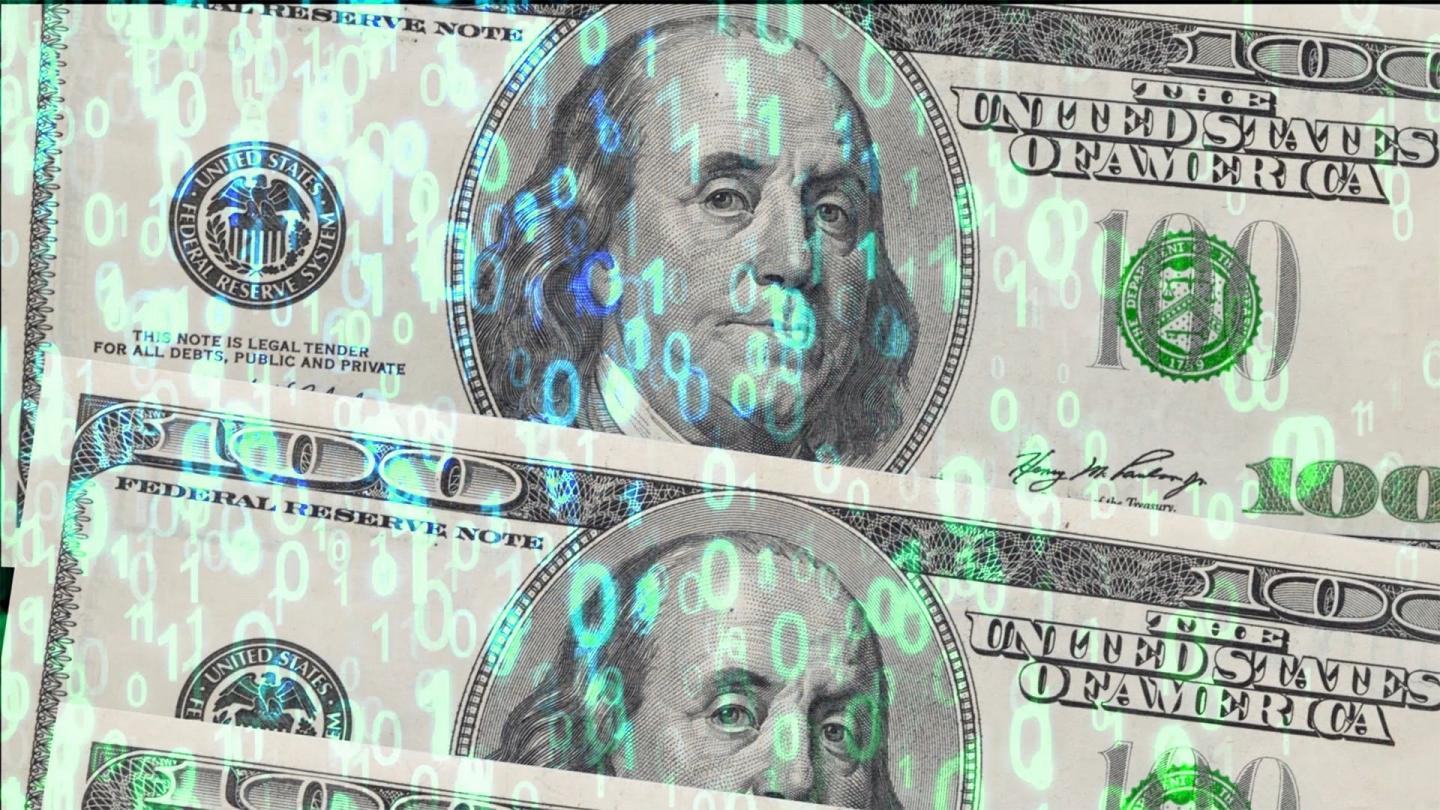As China's central bank slashes the yuan's wings, the dollar rises ahead of US inflation data.
- At 96.212, the dollar index is drifting toward its seventh consecutive weekly rise.
- The euro dropped 0.4 percent overnight and was trading at $1.1293 in Asia.
The dollar remained constant on Friday ahead of U.S. inflation figures that might determine the course of interest rates, while the Chinese yuan suffered its steepest decline in months as authorities gave it a nudge lower.
The euro, which is considered as vulnerable to rate hikes in the United States, particularly if European rate hikes lag, fell 0.4 percent overnight and was under pressure in Asia at $1.1293.
The dollar index, which is currently at 96.212, is edging closer to its sixth weekly gain ahead of the data, which is due at 1330 GMT. Annual price increases of 6.8% are predicted, and any positive surprise will almost certainly be regarded as a rationale for a faster Federal Reserve taper and interest rate increases.
On Friday, consumer confidence data is due, and if it holds, it could signal even more pricing pressures ahead.
"Inflation is going to accelerate," said Tom Porcelli, chief U.S. economist at RBC Capital Markets, who believes the annual rate will rise and continue to grow, pushing towards 7% early in the new year.
"As a result, we believe that combination indicates that a raise in March is extremely likely," he explained. "The market is pricing in a 40% likelihood of that happening, but we now believe it's a little higher." It's probably closer to a coin toss at this point."
The Federal Reserve, the European Central Bank, the Bank of England, and the Bank of Japan are all scheduled to meet next week, and the combination of inflation data and the likelihood of a central bank response has sent market volatility indicators soaring.
"I'd suggest traders are positioning for a higher CPI reading, which cements a belief that the Fed would increase the pace of reducing its QE programme," Chris Weston, head of research at Pepperstone, said.
"While history implies we'll get a beat, we can't rule out a poor number or, of course, an inline print - I believe the AUD/USD will soar if we receive 6.4 percent or less."
The ebb and flow of anxiety about the omicron variety, as well as Chinese policies, have added to the volatility.
The safe-haven yen rose slightly overnight, indicating continued caution, while the Australian dollar has gained more than 2% this week, approaching its greatest weekly gain since August, thanks to a broad easing of worry in earlier sessions.
The yen was recently trading at 113.44 per dollar, slightly higher than its 50-day moving average. The Australian dollar has made a strong comeback from 70 cents to hover around $0.7149.
In offshore trade on Thursday, the yuan fell around half a percent to 6.3800 per dollar after the People's Bank of China (PBOC) tightened foreign exchange reserve requirements for the second time since June.
Analysts believe this will promote yuan selling, bringing the currency's climb against the dollar to a halt. The yuan has risen more than 2% against the dollar since late July, according to analysts.
In a note, Goldman Sachs analysts noted, "It also transmitted a clear signal on the PBOC's dissatisfaction with the currency's quick and sustained increase."
Sterling has been under pressure in other parts of the world as England tightens regulations to attempt to stop the spread of the omicron strain. It most recently purchased $1.3222.
The New Zealand currency has been dragged down by expectations of aggressive hikes, which speculators believe will stifle future growth. In Asia, it was hovering at $0.6795.
Risk aversion has also taken a toll on cryptocurrencies, with bitcoin unable to gain traction above $50,000. The most recent price was $48,100.


